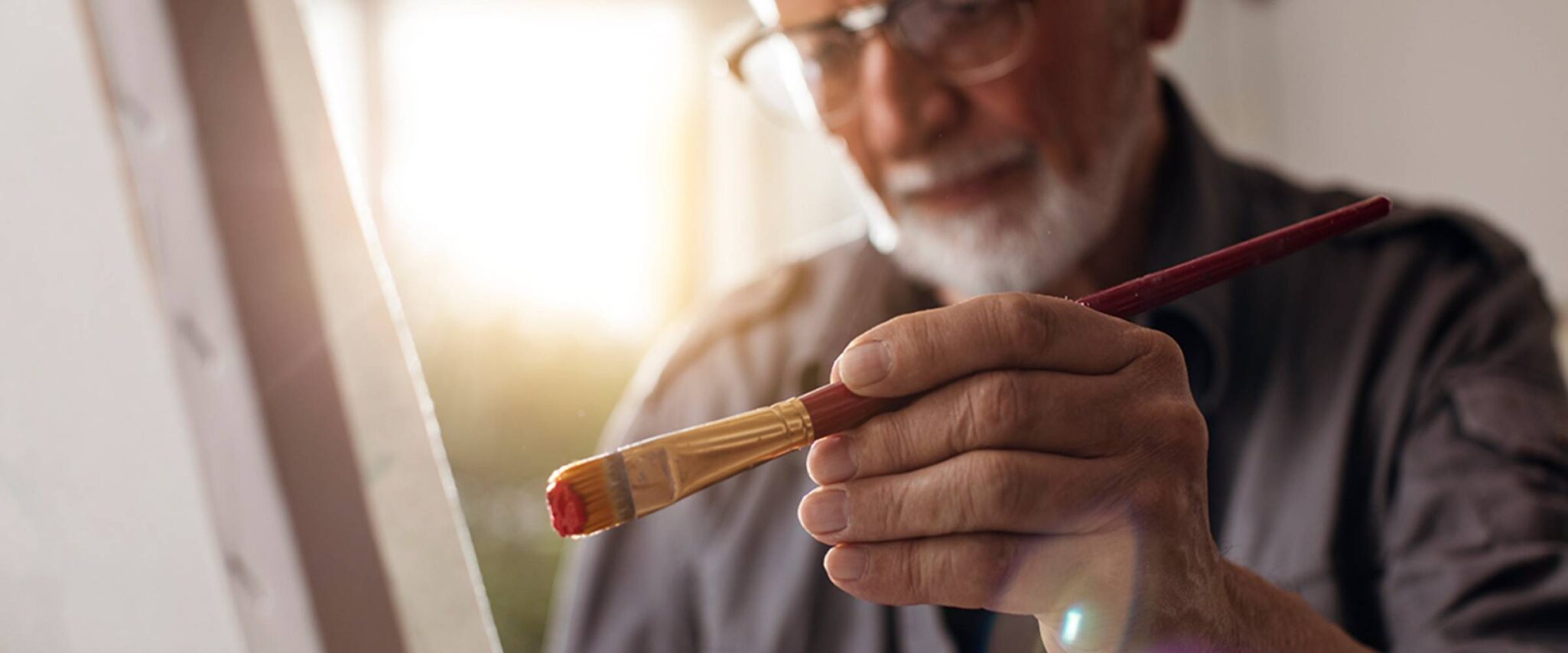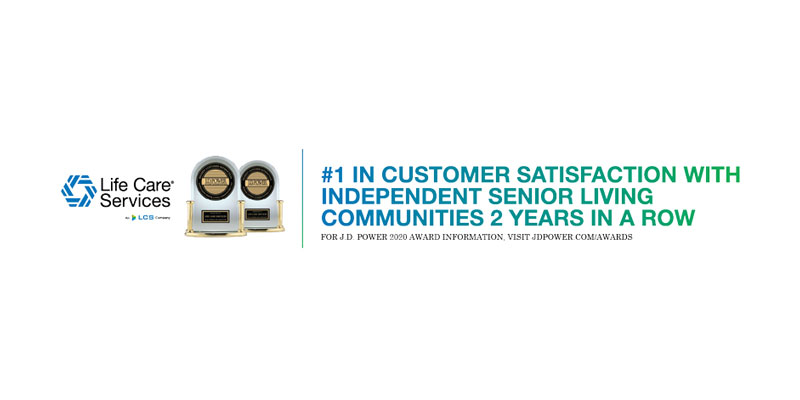Retired? Now’s a Great Time To Learn How to Paint

Paul Cezanne. Mary Delaney. Carmen Herrera. Grandma Moses. Bill Traylor. These renowned artists did not find artistic success until well into their later years. In fact, Bill Traylor did not start painting and drawing until he was 85. And today, Carmen Herrera continues to paint and show her work at 105. A passion for the creative arts does not diminish with age, and if you want to begin your own journey of creative exploration, know that it’s never too late. You can start today.
Express Yourself
Painting is about creativity, and you don’t need to restrict yourself to a certain kind of painting material or surface. When you start learning how to paint, experiment with different materials and techniques; try oils, acrylics, watercolors, pastels, tempera, or a digital platform — you’ll discover that you have a natural affinity for one over the others. There are also many different painting styles you can explore: Impressionism, abstract art, pop art, realism, surrealism, and so on. As an artist you can focus on a single style, try a combination, or develop your own signature approach.Find Inspiration
It’s all around you. When you observe people, explore a city, spend time in nature —notice things that catch your eye. Why do you find them compelling — could it be the color? The texture? Do they evoke a memory or an emotion? You can also be inspired to start painting by looking within yourself and examining your culture, history, interests — all the things that make you who you are. Make a point of visiting museums and galleries to see how artists interpret their subject matter. You could also turn to art magazines, books and online artist communities for ideas on color, composition and how to paint.Get Art Supplies
Stock up on art supplies but keep your choices simple to start — they can be costly. If you’re an absolute beginner, start with a package of basic supplies. You can upgrade later on when you’re certain of the material and technique you’re comfortable with. Depending on your medium, you’ll need these basics:- An easel
- Canvas or paper
- A palette and palette knives
- A set of brushes
- Solvents and containers to hold them
- Rags for cleanup
- Five starting colors: red, blue, yellow, white, and one earth tone



